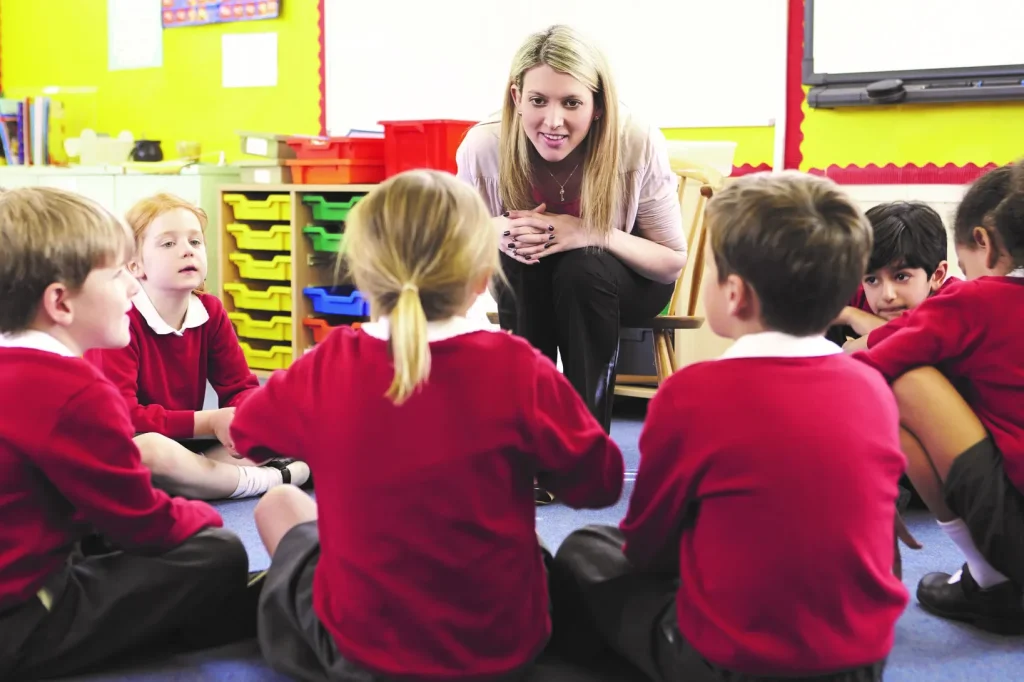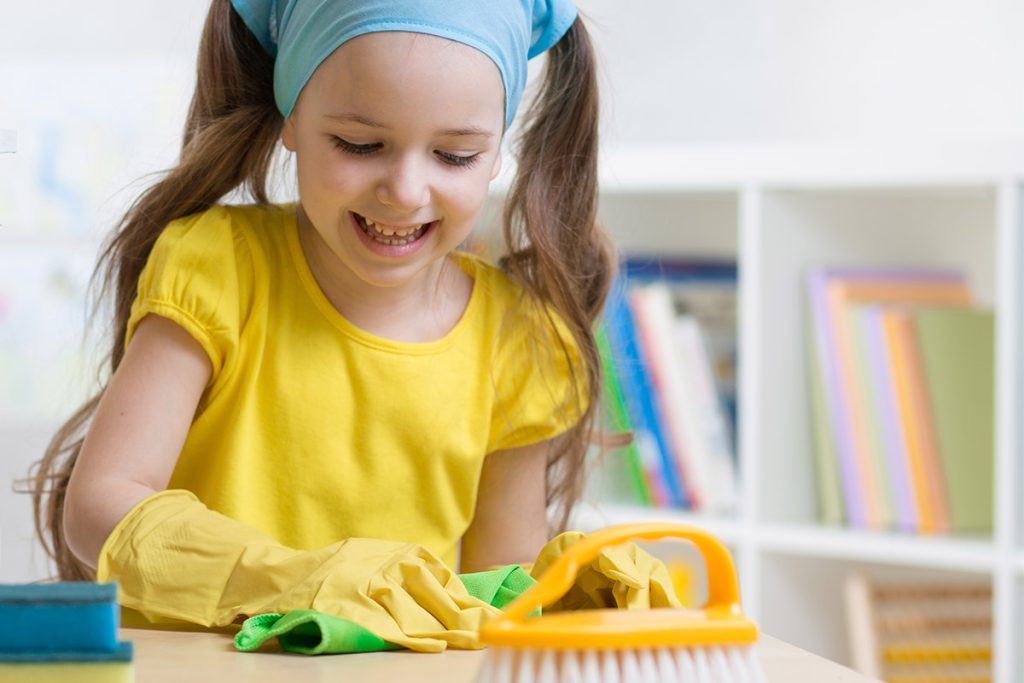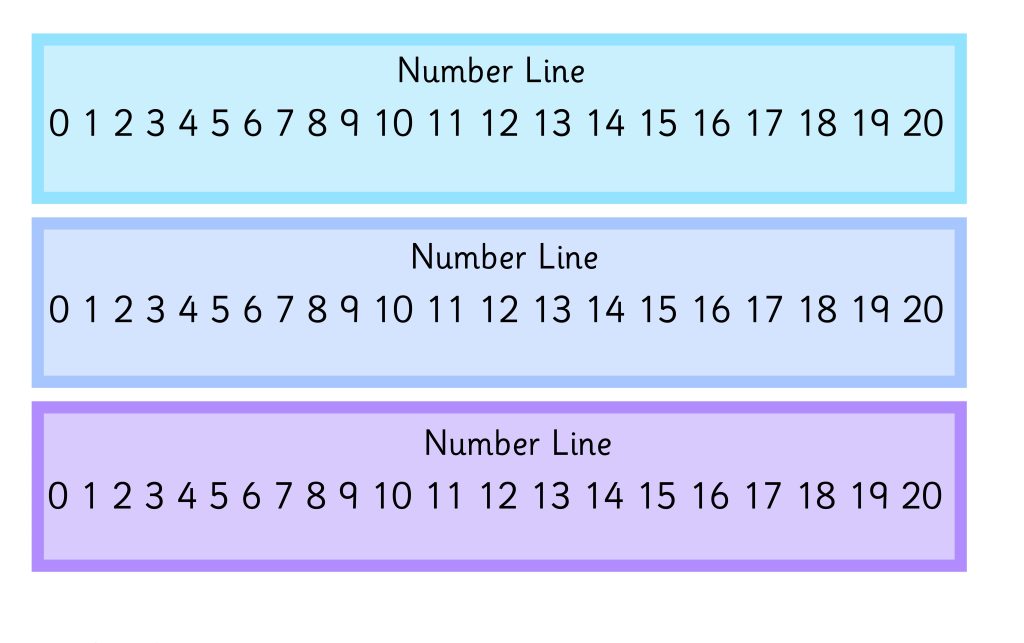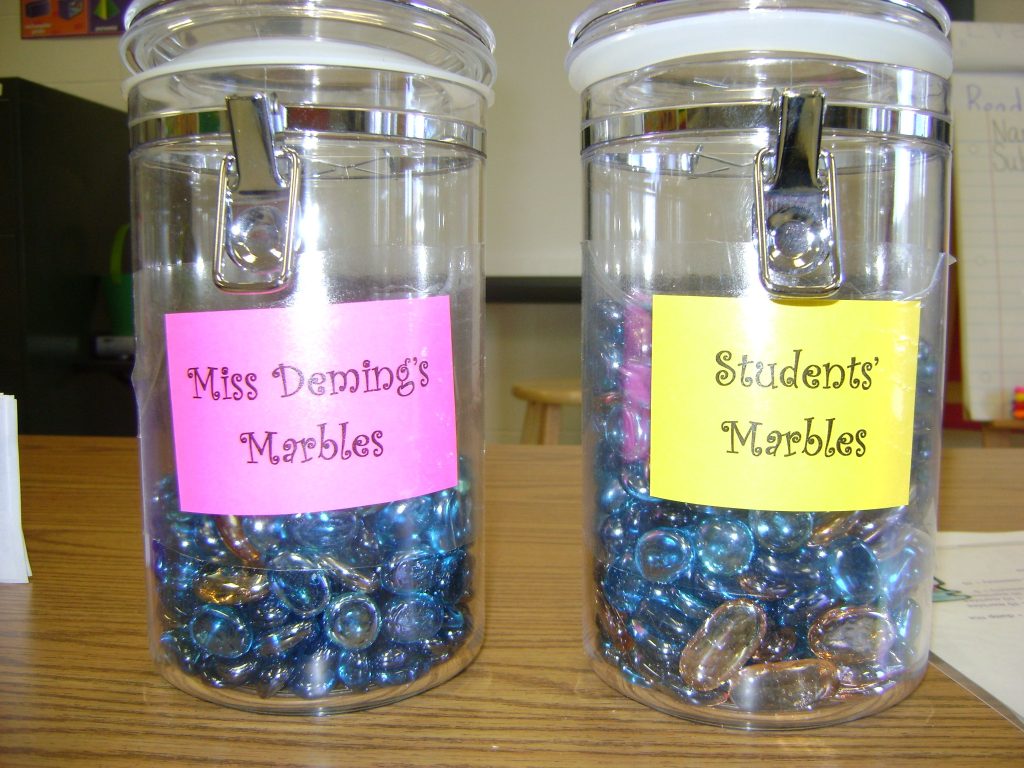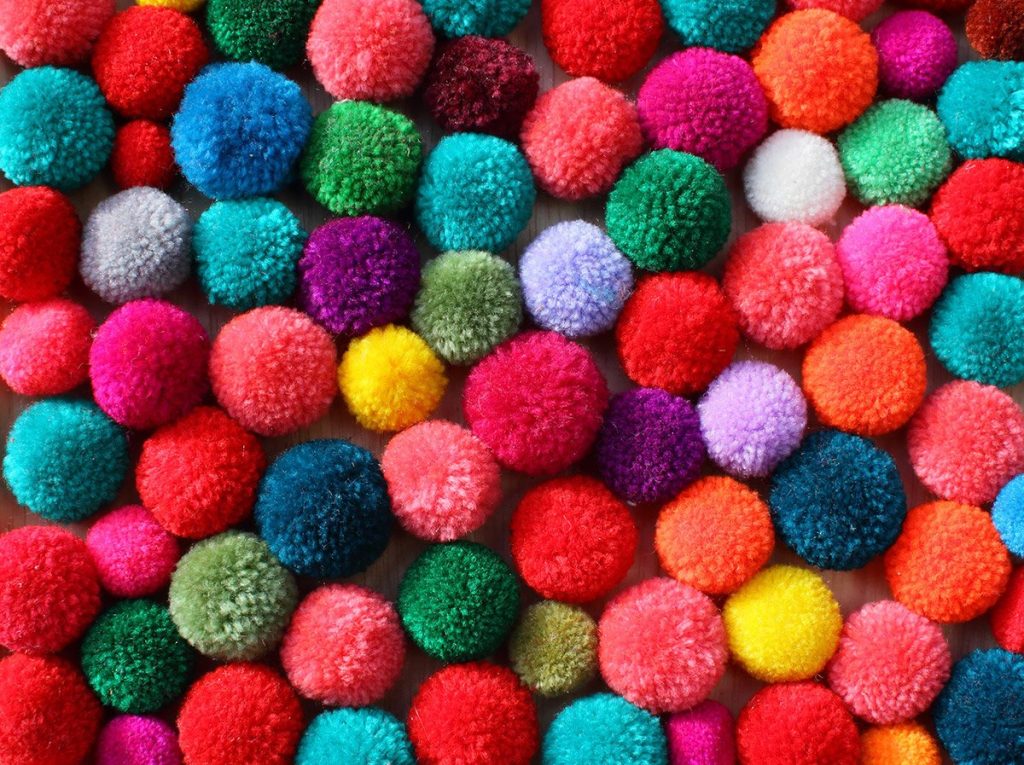Tattling in the classroom can disrupt the learning environment and create a negative atmosphere among students. To help curb this behavior, expert teachers suggest the following strategies:
Establish Clear Classroom Rules: At the beginning of the school year, set clear expectations about tattling. Define what constitutes tattling versus reporting serious issues. Children should understand that while it’s important to report bullying or dangerous behavior, minor issues can often be solved without involving an adult.
Teach Conflict Resolution Skills: Empower your students with the skills to handle minor conflicts independently. Role-playing scenarios and discussing possible solutions can prepare them for real-life situations. This not only reduces tattling but also fosters problem-solving skills.
Create A “Tattle Box”: To manage unnecessary tattling, incorporate a “Tattle Box” where students can write down their concerns. This allows you to address issues privately and determine if any further action is needed, while also discouraging frivolous complaints made in the heat of the moment.
Praise Desirable Behaviors: Reinforce positive behavior by praising students who handle situations maturely without resorting to tattling. This encourages others to emulate such behaviors and demonstrates the value you place on direct, respectful communication.
Implement A Peer Mediation Program: Older students can be trained as mediators to help younger peers resolve conflicts. This approach gives children a sense of responsibility and fosters leadership skills in mediators.
Use Literature And Stories: Introduce books that deal with tattling and discuss them in class. Stories can be powerful tools for illustrating the consequences of tattling and teaching lessons about trust and friendship.
Encourage Empathy: Help students understand how their actions affect others by discussing feelings and empathy. When children grasp how tattling might make their peers feel, they may think twice before doing so.
Hold Regular Class Meetings: Having a dedicated time for students to share concerns and propose solutions promotes open dialogue and community building, reducing the need for individual students to tattle.
By implementing these expert tips, teachers can significantly reduce tattling behaviors in their classrooms, leading to a more harmonious learning environment where students feel comfortable and empowered to resolve minor issues on their own.
